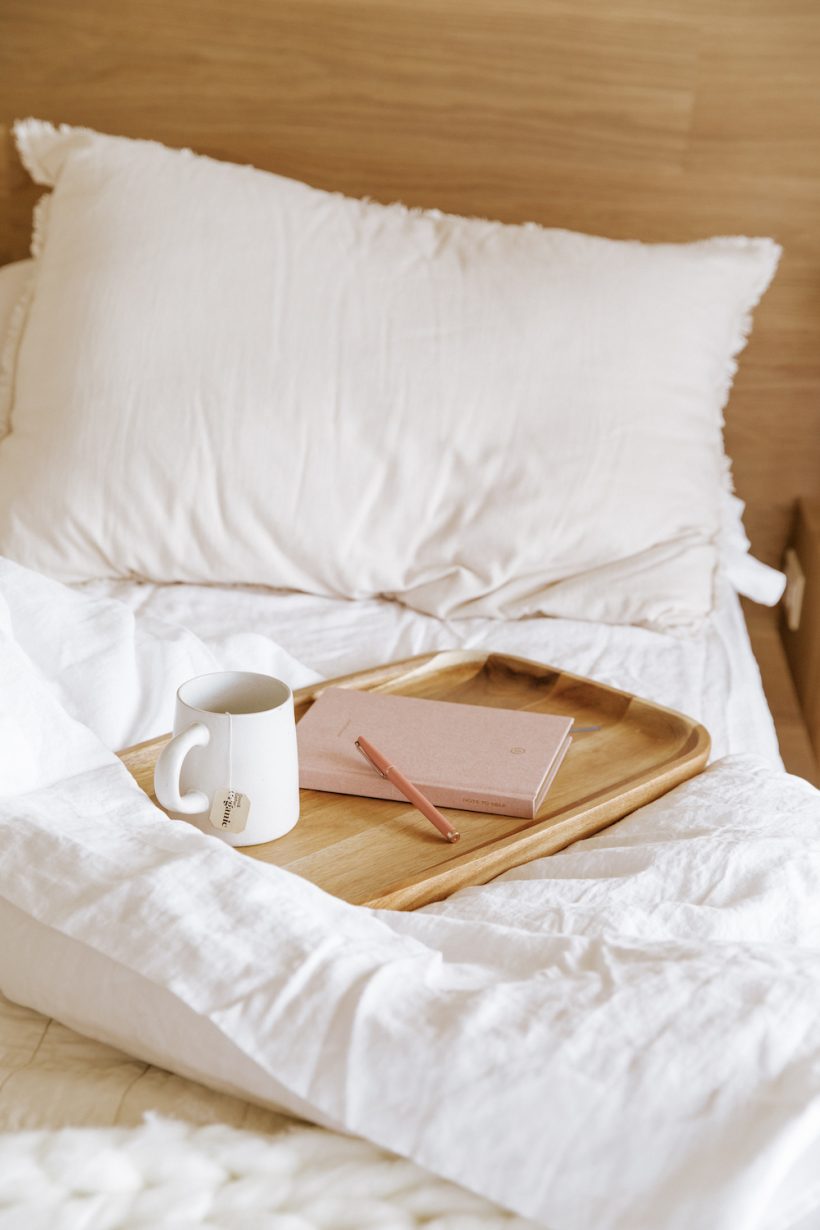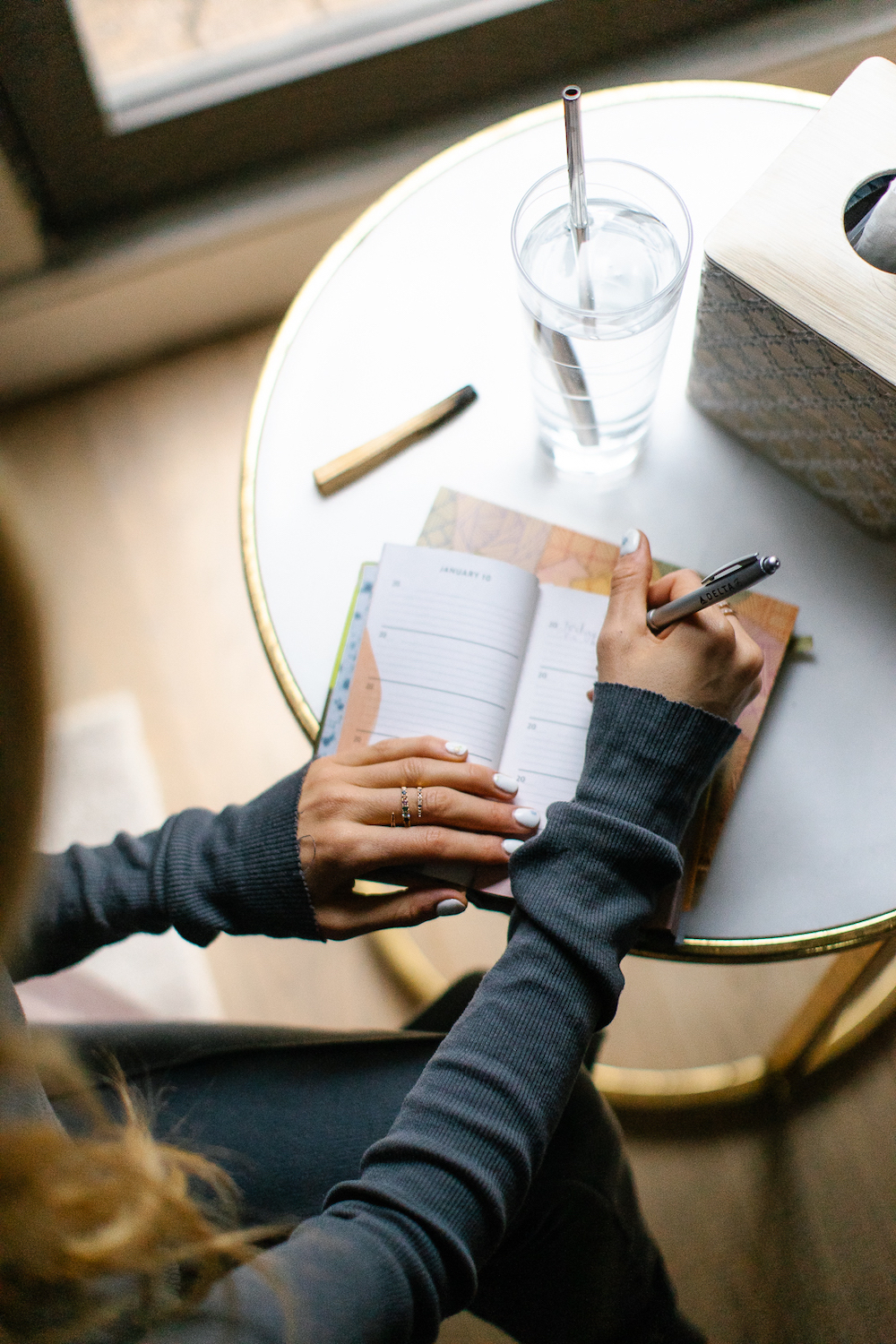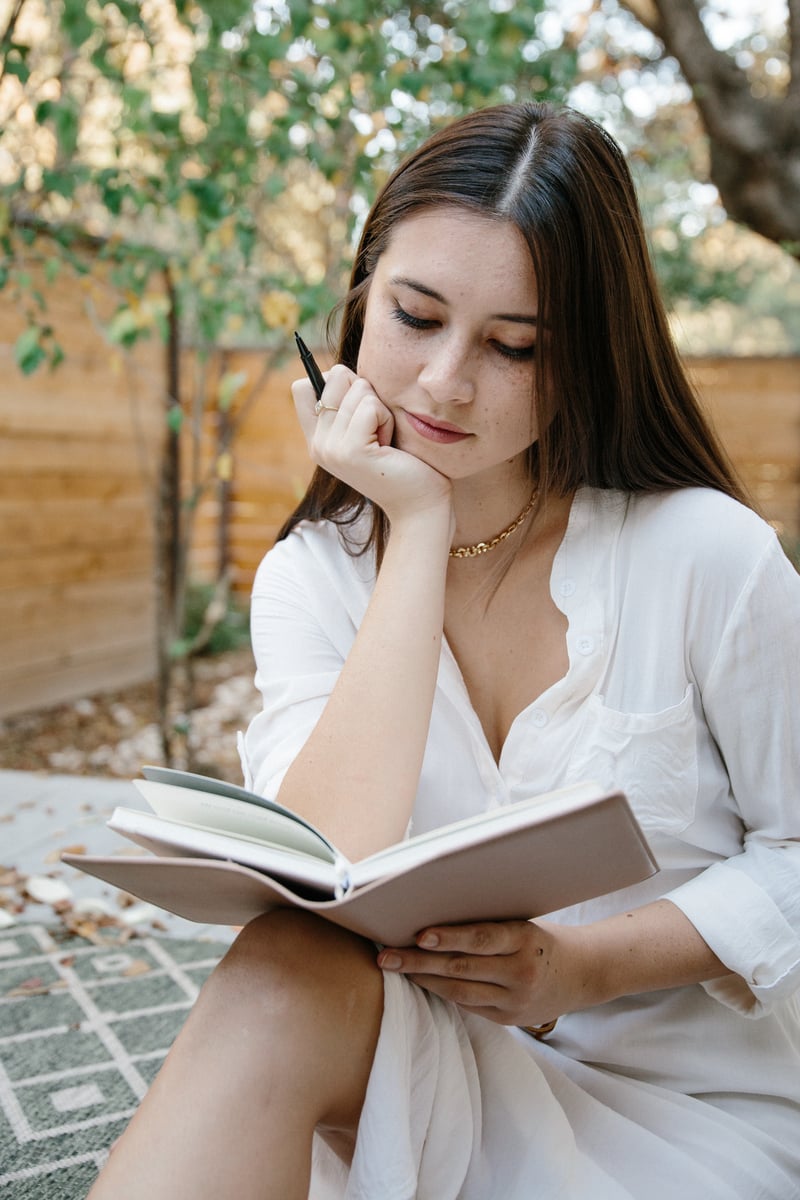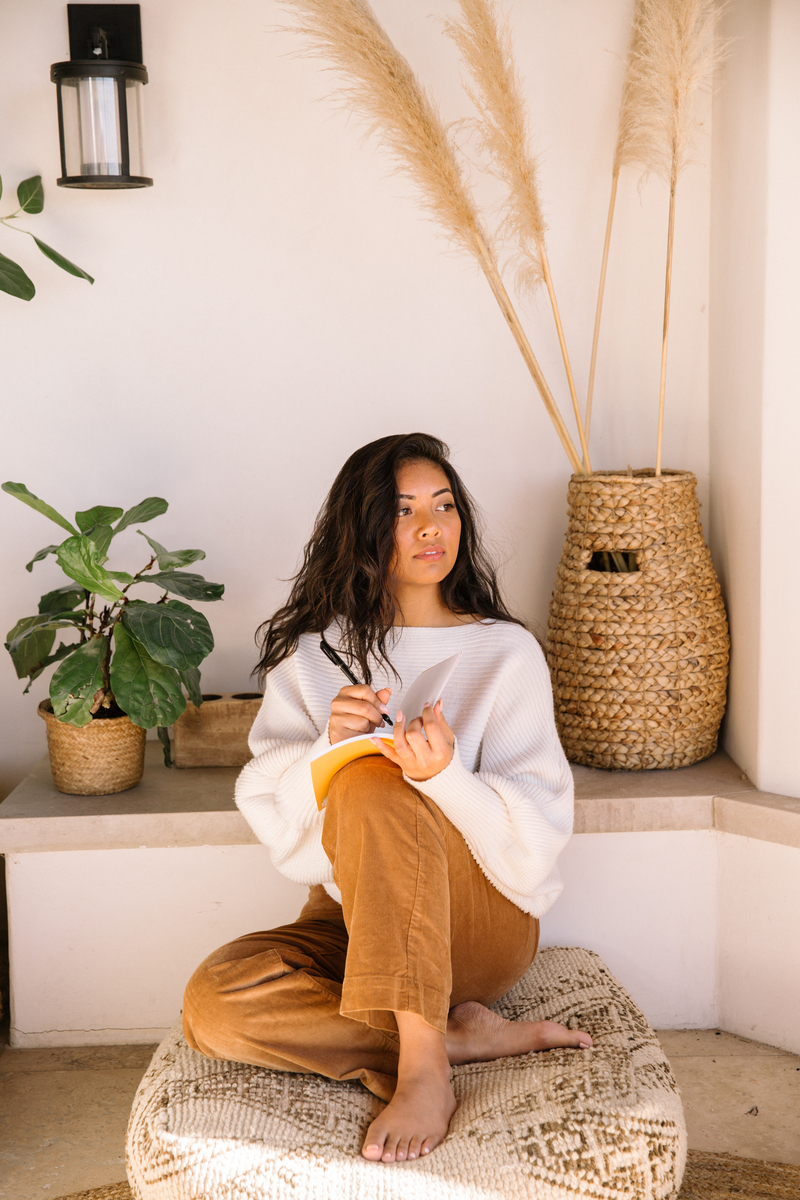How to Start a Journaling Practice You Can Actually Stick To (It Just Might Change Your Life!)
What if I told you that there’s one daily habit that’s made me more focused, creative, and less anxious? And that it takes just 20 minutes, and it’s virtually free? Artists and leaders, from Frida Kahlo to Susan Sontag to Oprah Winfrey, have sworn by this habit as a key to success. If you guessed “journaling,” you’re right. Wondering how to start journaling in a way that’s truly supportive to your goals and emotional wellness? Then you’ve come to the right place. My own journaling practice is the number one tool that’s helped me set priorities and make traction towards my goals over the last decade. As Sontag said,
“In the journal I do not just express myself more openly than I could to any person; I create myself. The journal is a vehicle for my sense of selfhood.”
I’ve journaled semi-consistently for the past couple of years, but recently I made one tweak to my practice that totally changed the game. I went from typing out my journal on my computer to writing longhand in a bound notebook. (I know, obvious!) While I’d assumed that my ability to type as fast as I think would be helpful, I didn’t realize that I was missing out on the meditative part of journaling. As my hand moves slowly across the paper, it untangles the thoughts, feelings, experiences, and inputs that are usually so entwined in my brain that I often don’t even know what I’m thinking until I write it down. And I’m always surprised by what I discover–a dream that suddenly appears from the night before, knowing the answer to a business decision, or most often, having some new creative inspiration.
So, I thought I’d dedicate today’s post to the products, rituals, and inspiration that have helped me start 2022 with a solid journaling practice. If you’re wondering how to start journaling consistently, it’s much easier when you set yourself up with a few good tools.

1. Create a ritual
I’ve been thinking about how creating rituals in our lives can enhance any experience. Nowhere is this more true for me than in the morning. I create little cues that speak to my senses, reminding me to be present and acknowledge the moment as sacred. When I get up, I pour my coffee into my favorite mug, turn on a good playlist for writing (no vocals), and light a candle that sits on my desk. The repetition of those sounds and scents gets me in the zone. When my alarm goes off at 6am, I find that I’m actually excited to get into it.

2. Gather your journaling toolkit
I cannot write with bad paper or crappy pens. Literally can’t. I’m currently using an Apica Notebook CD15 that a friend gave me, and I’m very into it. It lays flat, and is big enough to write freely but thin enough to tuck in my purse.
For writing, I order big packs of black Uniball Micro Point Gel Pens. I love the smooth flow of black ink, and I order the 12-packs because Adam steals my pens from my desk and then chews up their ends while he’s on zoom calls.

3. Get started with a journaling prompt
You know how sometimes, you sit down to write and your mind is a total blank? It’s this feeling that often gets in the way of sticking to a journaling practice, so I find it really helpful to have a few journal prompts up my sleeve to get my flow going. Here are a few favorites:
I used to be ______, and now I’m ________.
What makes me feel energized? How can I bring more of that into my everyday life?
What’s something I want to do for the first time this year?
How can I “be the good” within my sphere of influence today?

4. Get inspired
As with many healthy habits, I’m usually really excited to dive into them for the first couple weeks, but then hit a roadblock when the newness has worn off. When I need a fresh dose of inspiration, I turn to writers, poets, and resources who re-inspire me to invest time and energy into what’s important to me. Here are a few places I turn for inspiration:
My friend Leigh makes these incredible workbooks called Moon Lists that are different from any guided journal I’ve seen before. Full of thought-provoking quotes and prompts, with spaces to doodle and dream. It reminds me to notice and pay attention to the little details around me, bringing more presence to the every day.
I recently watched the Joan Didion documentary, and wow. What a trailblazing, curious, one-of-a-kind creative, and her journals were key to her evolution both personally and professionally.
All of Austin Kleon’s books (as well as his weekly newsletter) inspire me to put pen to paper and use it as a tool for creation, exploring my curiosity, and just playing or having fun. His work is one of the best cures for writer’s block I’ve found.
5. Just do something
Loved this tip from Mark Manson’s email, and it happens to be a great reminder for any new habit you’re trying to create this year:
“When I’m feeling unmotivated, I use “The ‘Do Something’ Principle.”
It’s based on the observation that action is not just the effect of motivation, it’s also the cause of it… Not feeling like working on that book you’re writing? Just start on an outline for a section of a chapter. See what happens.”
